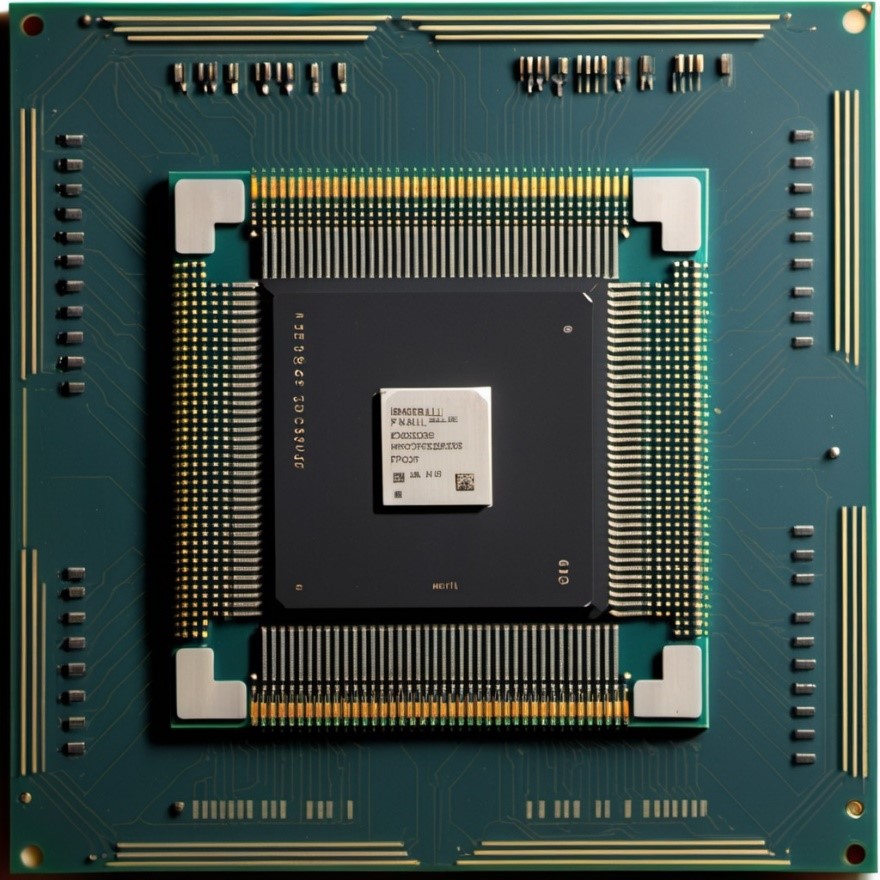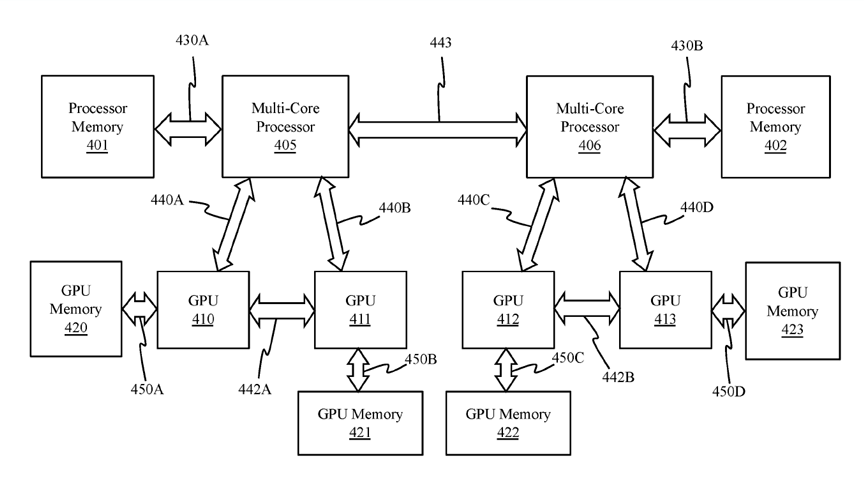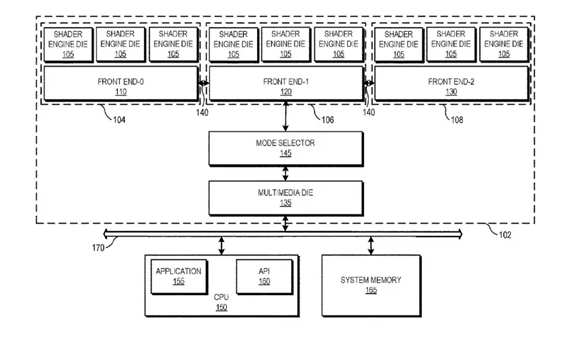Intel’s recent GPU patent focuses on a chiplet architecture to improve scalability, computing power, and energy efficiency. The design uses separate chiplets for specific tasks, enabling flexibility by allowing components to be swapped or selectively activated as needed. Intel’s approach includes parallel processing with SIMT architecture, optimizing performance through synchronized thread execution, and enhanced pipelining. This could support Intel’s Falcon Shores GPU.

Intel has patented an innovative GPU architecture leveraging separate logic chiplets to enhance performance. This disaggregated design aims to boost scalability, computing capabilities, and energy efficiency, marking significant advancements in graphics processing technology.
The design is positioned to make GPUs more flexible, allowing components to be swapped in and out for different tasks and selectively activate or deactivate sections of the chip as needed.

Parallel graphics data processing has evolved to perform specific operations on graphics data, including linear interpolation, tessellation, rasterization, texture mapping, and depth testing. Graphics processors historically relied on fixed-function computational units for these tasks. More recently, parts of graphics processors have become programmable, allowing them to support a broader range of operations for processing vertex and fragment data.
To enhance performance further, graphics processors typically implement pipelining techniques, which aim to process as much data in parallel as possible across different pipeline stages. Parallel graphics processors that use a single-instruction, multiple thread (SIMT) architecture are optimized for maximizing parallel processing throughout the graphics pipeline. In a SIMT architecture, parallel threads are grouped to execute program instructions synchronously as often as possible, which improves processing efficiency. This synchronous execution enables the SIMT architecture to increase throughput across the pipeline, making it well-suited for tasks that require substantial parallel data processing.
Intel says their approach to parallel graphics processing includes a combination of both software and hardware strategies to increase overall efficiency in handling complex graphics data.
This patent could be the foundation for Intel’s multi-chip Falcon Shores announced in March 2023. The Falcon Shores GPU was spared from the company’s cost-cutting efforts as part of its strategic transformation plan. Intel said the bringing together of Gaudi and Xe into Falcon Shores would mean there is continuity from Gaudi and Intel Data Center GPU Max series. (A synopsis on the history of Falcon Shores can be found here.)
Intel is not the first to patent a GPU chiplet design. AMD has filed patents for disaggregated or chiplet GPUs.

The most recent patent was filed on December 8, 2022, and published on June 13, 2024. This patent details a GPU design with 14 chiplets divided into several sections.
Another patent mentioned was dated November 23, 2023. This patent describes a GPU design that distributes geometry workload across several chiplets working in parallel.
An earlier patent application was published on April 1, 2021. This patent was developed on a previous design and featured an active bridge connecting different GPU chiplets, interpreting the active bridge as a last-level cache. We covered it here.
AMD began investigating multi-chip GPU designs in 2018. It’s important to note that these patents represent ongoing research and development in GPU chiplet design at AMD. The company has been exploring various approaches to chiplet-based GPUs, with each patent potentially building on or refining previous concepts. Implementing these designs in consumer products may still be some time away, as patents often precede product development by several years.